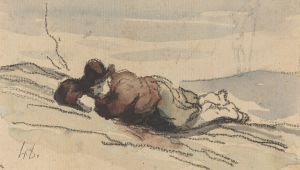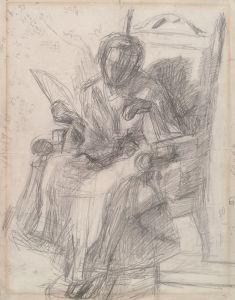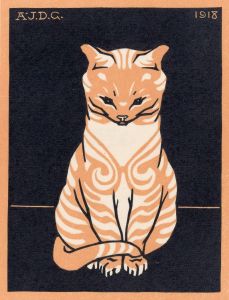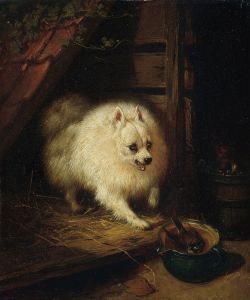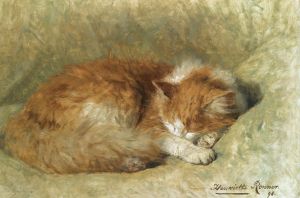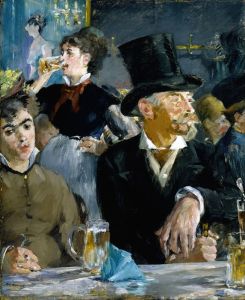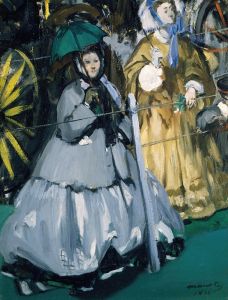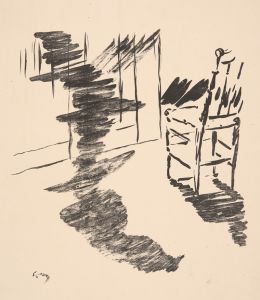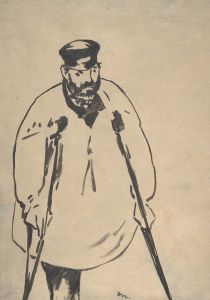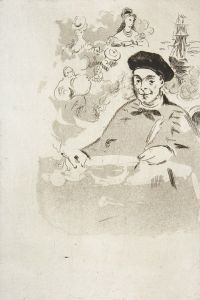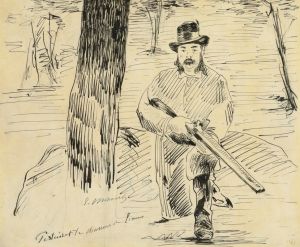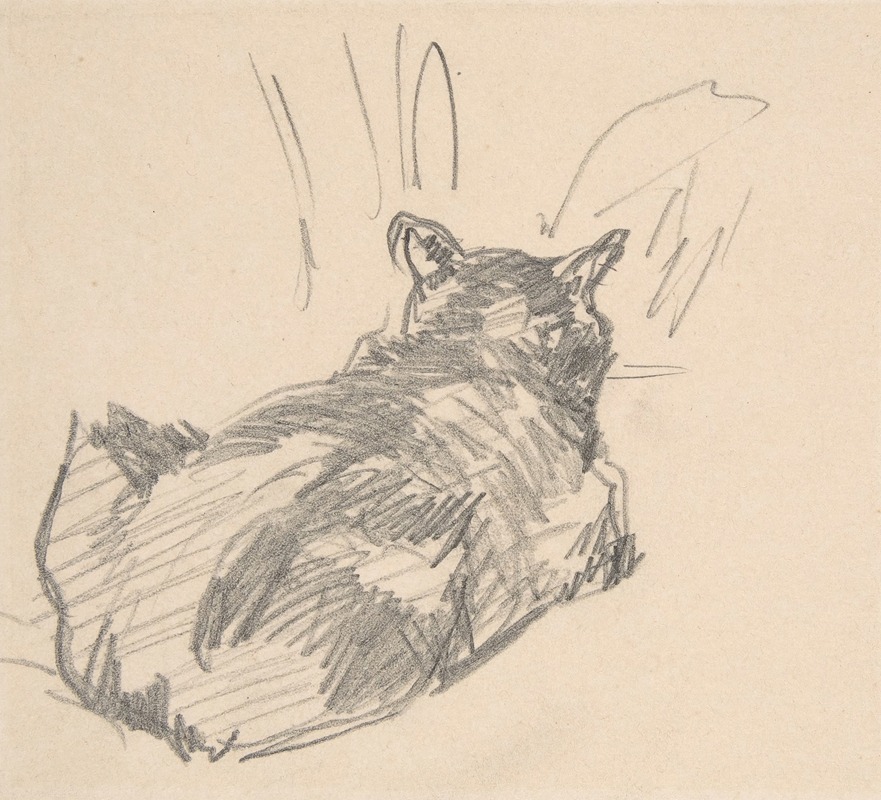
A Cat Resting on All Fours, Seen from Behind
A hand-painted replica of Édouard Manet’s masterpiece A Cat Resting on All Fours, Seen from Behind, meticulously crafted by professional artists to capture the true essence of the original. Each piece is created with museum-quality canvas and rare mineral pigments, carefully painted by experienced artists with delicate brushstrokes and rich, layered colors to perfectly recreate the texture of the original artwork. Unlike machine-printed reproductions, this hand-painted version brings the painting to life, infused with the artist’s emotions and skill in every stroke. Whether for personal collection or home decoration, it instantly elevates the artistic atmosphere of any space.
Édouard Manet, a prominent French painter of the 19th century, is widely regarded as a pivotal figure in the transition from Realism to Impressionism. Among his many works, "A Cat Resting on All Fours, Seen from Behind" is a lesser-known but intriguing piece that reflects his interest in capturing everyday life and ordinary subjects with a fresh perspective.
This painting, as the title suggests, depicts a cat resting on all fours, viewed from behind. The composition is simple yet effective, focusing entirely on the animal without any additional background elements or distractions. The cat's posture is relaxed, and its form is rendered with loose, confident brushstrokes, characteristic of Manet's style. The choice of subject—a domestic cat—aligns with Manet's frequent exploration of animals and their role in human environments, as seen in other works like "Olympia," where a black cat appears at the foot of the reclining figure.
Manet's approach to this painting demonstrates his mastery of light and texture. The fur of the cat is depicted with a combination of soft and bold strokes, creating a sense of depth and realism while maintaining an impressionistic quality. The muted color palette used in the painting enhances the naturalistic portrayal of the animal, emphasizing its form and movement rather than intricate details.
The exact date of creation for "A Cat Resting on All Fours, Seen from Behind" is not definitively documented, but it is consistent with Manet's broader body of work from the mid to late 19th century. During this period, Manet often experimented with smaller, more intimate compositions, focusing on single subjects or simple scenes. This painting may have been a study or a standalone piece, showcasing his ability to find beauty and interest in the mundane.
As with many of Manet's works, this painting reflects his innovative approach to art, blending traditional techniques with modern sensibilities. While it may not be as famous as his larger, more ambitious works, "A Cat Resting on All Fours, Seen from Behind" offers a glimpse into the artist's versatility and his keen observation of the world around him.
The current location of the painting is not widely documented, and it is unclear whether it resides in a public collection, private ownership, or has been lost to history. Despite its relative obscurity, this work remains a testament to Manet's skill and his ability to elevate even the simplest subjects into compelling works of art.





